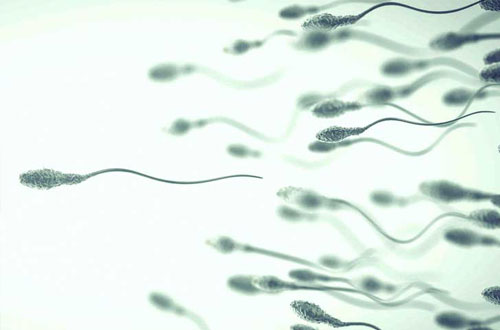
Sperms play an equally important role as an egg of a female in forming an embryo.
Production of sperm takes place in the testis after puberty. Testosterone and other hormones plays important role to trigger and maintain sperm production. Once sperm are produced in the testicles, delicate tubes transport them until they mix with semen and are ejaculated out of the penis.
Once the semen is deposited in the vagina, sperms move from the cervix through the uterus towards the fallopian tubes to fertilize the egg.
- If the number of sperm in your semen (sperm count) is low, it decreases the odds that one of your sperm will fertilize the egg.
- Sperm must be functional and able to move. If the movement (motility) or function of your sperm is abnormal, the sperm may not be able to reach or penetrate the egg.
One of the important and basic test for assessment of male factor infertility is Husband Semen Analysis.
| Parameter | Lower reference limit |
| Semen Volume (ml) | 1.5 |
| Term sperm number | 39 |
| Sperm concentration | 15 |
| Total motility (PR. + NP. %) | 40 |
| Progressive motility (PR. % ) | 32 |
| Vitality (live spermatozoa, %) | 58 |
| Sperm morphology (normal forms, %) | 04 |
Various abnormalities of sperm are as follows:
- 1) Oligozoospermia, refers to semen with a low concentration of sperm and is a common finding in male infertility
- 2) Asthenospermia, means reduced sperm motility.
- 3) Teratospermia, when more than 96% spermatozoa have abnormal morphology (structural defect)
- 4) Azoospermia ,when there is a complete absence of sperm in the ejaculate.
- 5) Oligoasthenoteratozoospermia is a condition where there is a combination of all the above abnormality are present in the semen.
